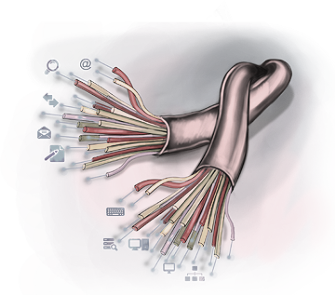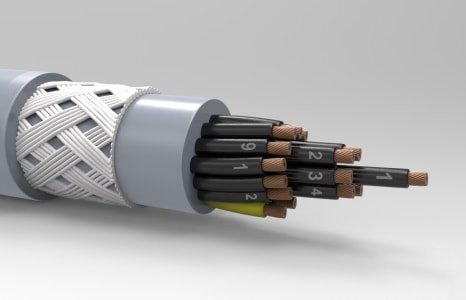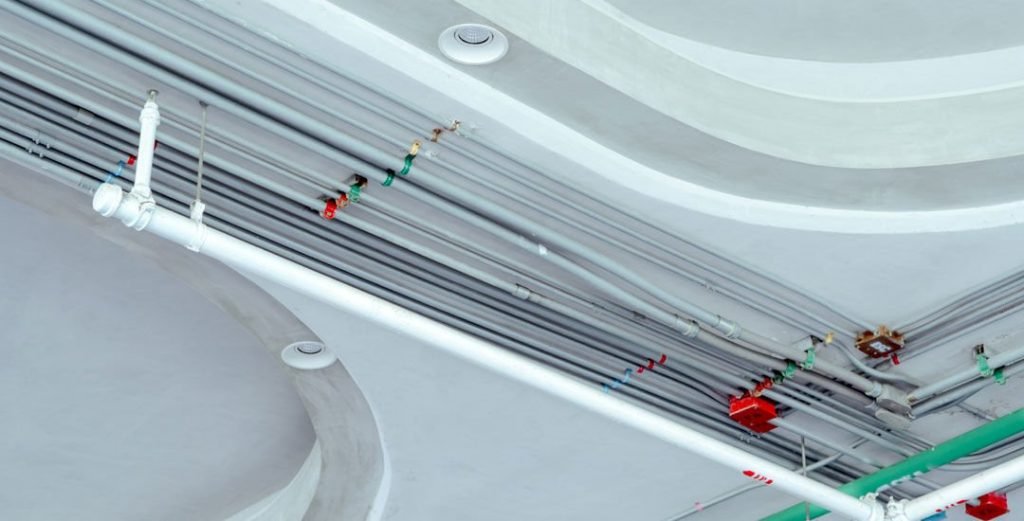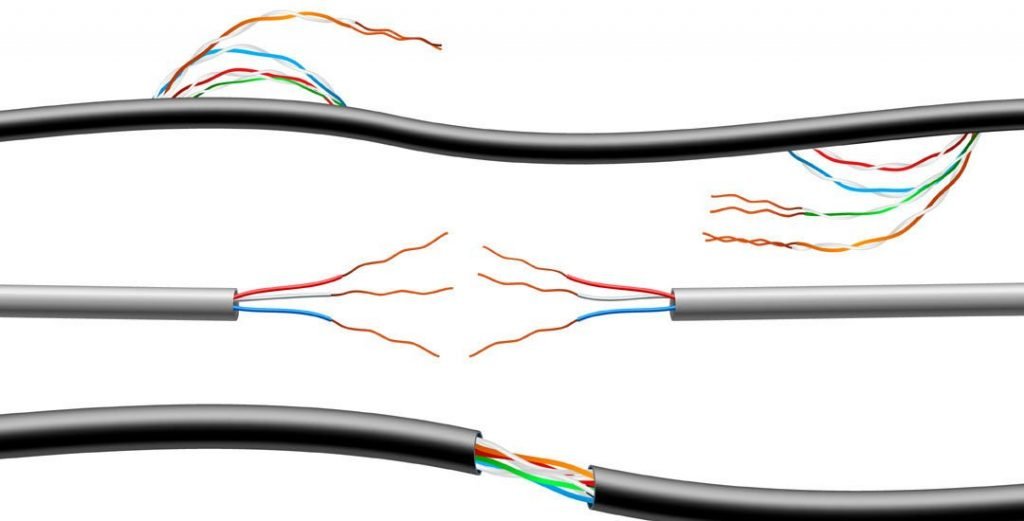
Historical Development of Cables
The historical development of electrical cables does not go back to ancient times. Cables showed their most important development in the last century and a half. Despite the many similarities and changes between the cables, they did not lag behind the developments that would adapt to the conditions of the day, depending on their design and structural conditions.

The most basic production processes of the cable, which were first used centuries ago, continue to be used as the basic production process today. It is known that the most prominent place in the history of the necessity of cable production coincides with Faraday’s discovery of the Dynamo principle in 1831. Because before that, there was almost no vehicle producing electricity.
However, it should not be forgotten that copper bars were used in the power distribution system first. This system was developed by Thomas Edison in New York in 1882. Copper rods were used as conductors. By wrapping jute around copper rods, it was placed in rigid pipes filled with a bitumen composition and reached the first insulated cable structure.
Charles Goodyear patented the material of vulcanized rubber in 1844, but this was not applied as an insulation material for cable until the 1880s.
Rubber insulated cable was first tested in 1897 at Tesla’s Niagara Falls hydroelectric power plant project to carry 11000V electricity.
Thus, copper bars have been diversified according to their classes by using different insulation materials around them, and they have attained forms that meet the needs of technology today.
Cables are very important for electrical systems, just like the veins in our body. Similar to the way a vein carries blood, cables also provide electricity for the operation of electric vehicles and the operation of electrical systems. Cables have developed in accordance with the requirements of technology and today they provide the transport of electricity from the smallest mobile devices to the largest and most demanding areas. We can guess from here how big of an area it has. Although the cables were primarily used for the transportation of electricity, they also showed significant developments in data transportation to serve the Data and Communication fields with new inventions over time.
The cable should not be thought of simply as an assembly in which a metal conductor is covered with an insulated shielding material. Because today, cables, which have a wide variety in a very wide area, are used for the transport of electricity as the top priority. However, they show great differences among themselves in order to meet the different needs of various fields with their designs and production methods.

Today, it is possible to classify cables as follows;
1. Weak Current Cables
2.Medium Voltage Cables
3.High Voltage Cables
However, it should not be forgotten that each type is classified separately according to sectoral and needs within its own group.
If Weak Current cables are given as an example;
It has a rich variety for the needs of fields such as Industry, Construction, Medical, Security Systems, Sound and Imaging Systems.
If we count the main types of weak current cables:
• Instrumentation Cables
• Signal Control Cables
• Control Control Cables
• Fire Resistant Cables
• Communication and Fire Alarm Cables
• Energy Cables
• Marine Cables
• Audio and Video Cables






